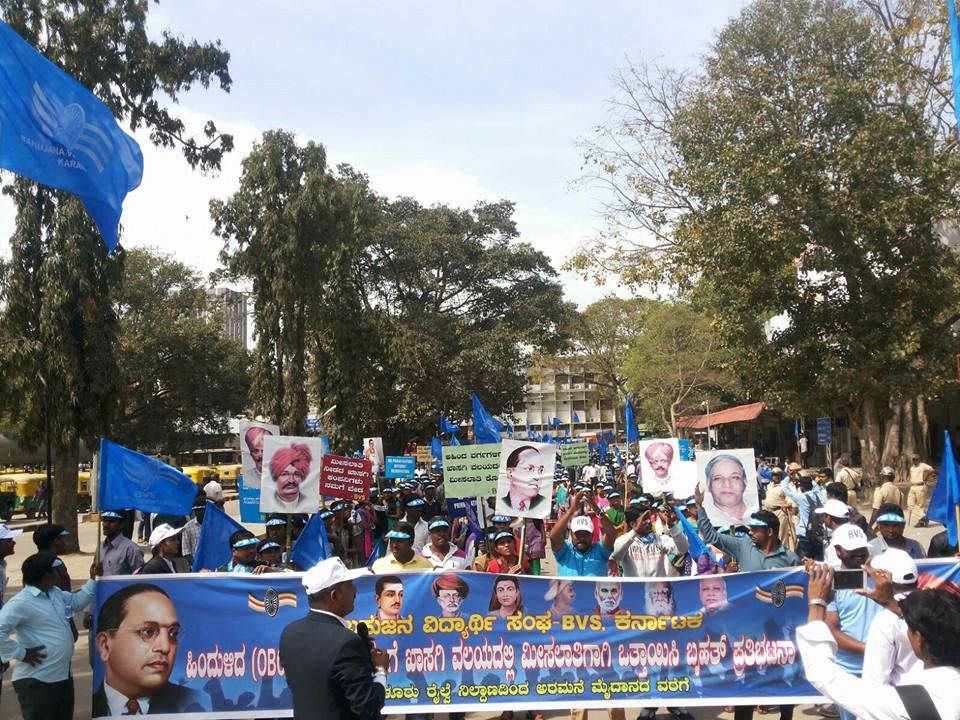Shubham S. Kamble
The Union Budget 2024, presented by Finance Minister Nirmala Sitharaman, is an ambitious blueprint for India’s economic future. As the third NDA government under Prime Minister Narendra Modi faces domestic and global challenges, the budget attempts to balance growth with social welfare. While the allocations across various sectors indicate a commitment to development, it is crucial to examine the practical challenges of implementation and whether these funds can effectively address the realities on the ground.
The budget allocates substantial funds for development in states like Andhra Pradesh and Bihar. For instance, ₹15,000 crore has been earmarked for developing Amaravati, the new capital of Andhra Pradesh. Additionally, investments in new airports, medical facilities, and sports infrastructure are planned for Bihar. While these allocations are significant, the effectiveness of these funds depends on efficient implementation and overcoming bureaucratic hurdles.
The budget increases the Long Term Capital Gains (LTCG) tax from 10% to 12.5%, a move aimed at boosting revenue generation. However, there is concern about whether this increase might dampen investment enthusiasm among retail investors. The Economic Survey for 2023- 24 warns that excessive equity market claims on the real economy could signal instability, not resilience. Taxpayers in the highest income bracket will see a ₹7,500 saving due to the enhanced standard deduction under the New Tax Regime (NTR). Changes in income tax slabs aim to provide relief to middle-income earners, potentially stimulating economic activity. However, the challenge lies in ensuring these tax reforms translate into tangible benefits for the common citizen.
The budget introduces several measures to support the MSME sector, including a credit guarantee scheme, term loans for machinery purchases, and a technology support package. The Small Industries Development Bank of India (SIDBI) will expand with 24 new branches to serve MSME clusters, and the Mudra loan limit has been increased from ₹10 lakh to ₹20 lakh. However, the effectiveness of these measures hinges on addressing persistent challenges faced by MSMEs, such as access to credit, regulatory compliance, and market access. Despite the financial support, many MSMEs struggle with bureaucratic processes and delayed disbursements, which can stifle growth and innovation.
The government has announced five new schemes targeting 4.1 crore youth over five years, with a budget of ₹2 lakh crore. These initiatives include an internship scheme for one crore youth in top companies and employment-linked incentives such as one month’s wage support for first-time employees. While these schemes are well-intentioned, the ground reality is that many youths face barriers to accessing these opportunities due to a lack of information, infrastructure, and guidance. Additionally, aligning skills training with industry needs remains a significant challenge, as many programs do not equip participants with relevant, employable skills.
Education and social welfare receive significant allocations in the budget. Financial support for higher education loans up to ₹10 lakh aims to make education more accessible, while over ₹3 lakh crore is dedicated to schemes benefiting women and girls. However, the real issue is not just the availability of funds but their utilization. Educational institutions often face a mismatch between funding and requirements, with rural areas particularly affected by a lack of infrastructure, qualified teachers, and learning resources. Similarly, despite significant allocations for women and girls, societal barriers and implementation challenges often limit the impact of these funds.
Infrastructure development is a cornerstone of the Union Budget 2024, with investments in new airports, medical facilities, and sports infrastructure, particularly in underdeveloped regions like Bihar. ₹2.66 lakh crore is allocated for rural development, aiming to improve living standards and create opportunities. Despite these efforts, the ground reality is that infrastructure projects often face delays due to land acquisition issues, regulatory approvals, and lack of coordination among various stakeholders. The effectiveness of these investments depends on overcoming these hurdles and ensuring timely project completion.
The budget targets bringing inflation closer to 4%, aiming for economic stability and protecting citizens’ purchasing power. However, inflationary pressures are influenced by multiple factors, including global economic conditions, supply chain disruptions ,and domestic policy measures. Achieving this target requires coordinated efforts across sectors and addressing structural issues that contribute to inflation. Finance Minister Nirmala Sitharaman’s budget speech outlined nine priority areas, including agriculture, employment, social justice, manufacturing, urban development, energy security, infrastructure, innovation, and reforms. While these priorities are commendable, the real challenge lies in translating them into actionable policies that can address the complexities and challenges faced by various sectors.
While the Union Budget 2024 sets ambitious goals, it is essential to acknowledge the implementation challenges that can hinder progress. Funds allocated for various sectors often face issues such as bureaucratic delays, corruption, and inefficiencies that prevent them from reaching intended beneficiaries. For instance, while funds for rural development are allocated, the actual improvement in rural living standards depends on addressing issues like inadequate infrastructure, lack of basic services, and limited access to markets. Similarly, while the budget supports MSMEs, many enterprises struggle with accessing credit and navigating complex regulatory environments.
The Union Budget 2024 presents a comprehensive vision for India’s economic future ,focusing on growth, equity, and sustainability. While the budget makes significant strides in addressing key challenges, its success depends on effective implementation and addressing ground realities. As India continues to evolve, it is crucial to ensure that policies reflect the needs and aspirations of all citizens, particularly the marginalized and underrepresented. Drawing inspiration from Dr. B.R. Ambedkar’s vision of economic justice and social equity, the budget must strive to create a society where every individual can thrive and contribute to the nation’s progress.
The Union Budget 2024 sets the stage for a transformative journey, but its impact will be measured by its ability to address real-world challenges and create a more inclusive and equitable India.2
~~~
Shubham S. Kamble is a student at Tata Institute of Social Sciences, Tuljapur










